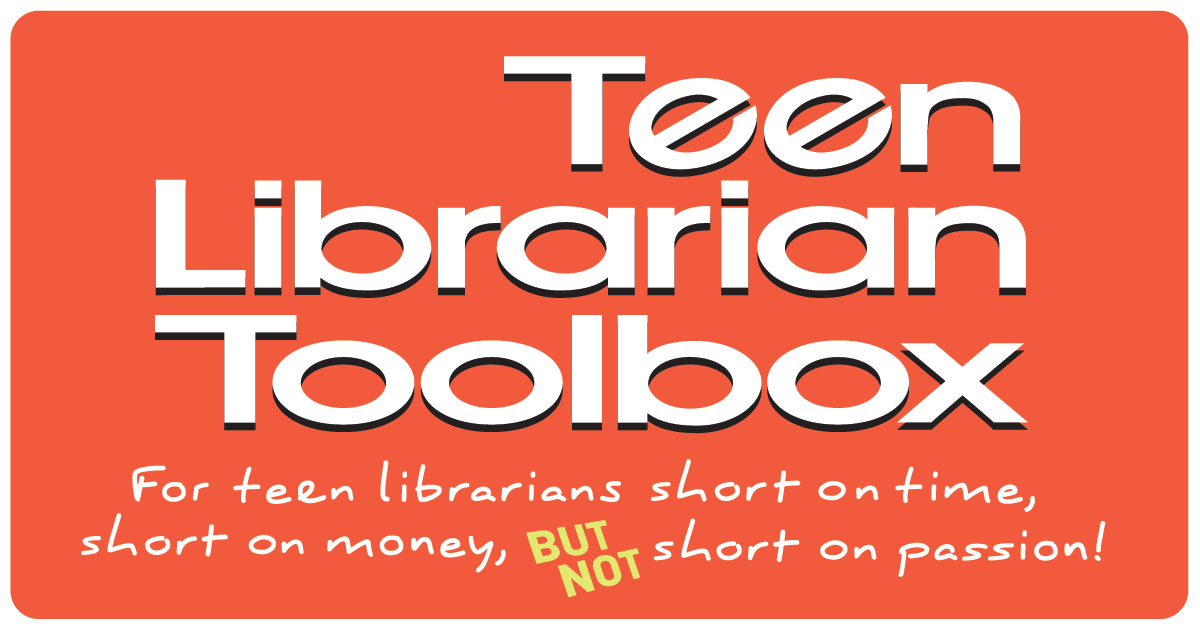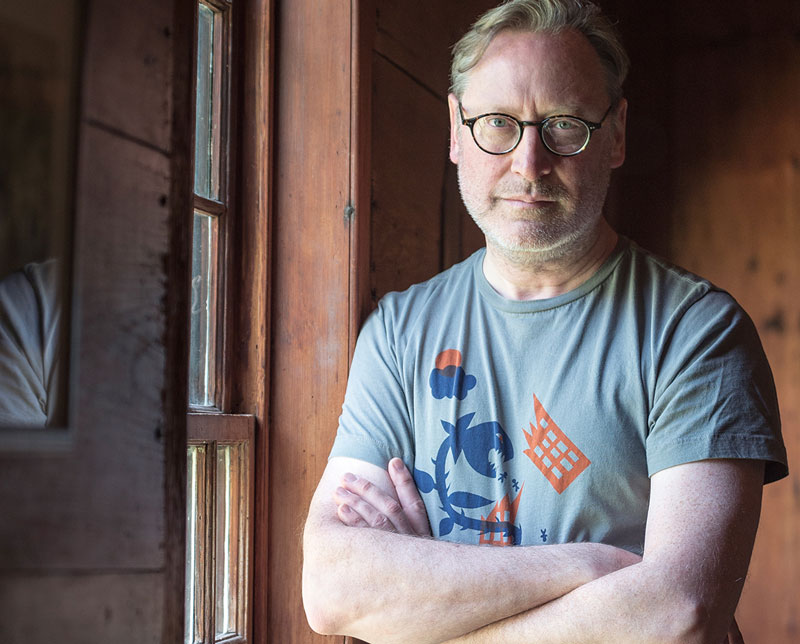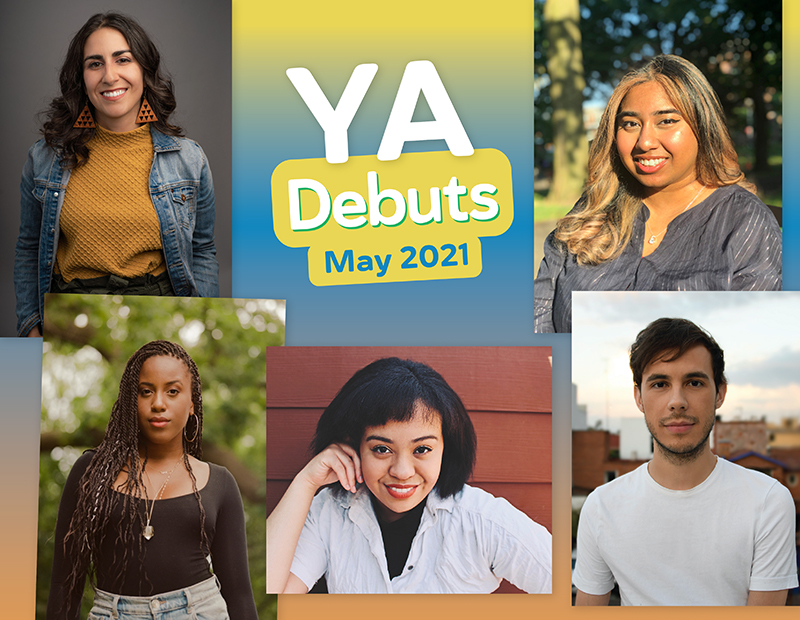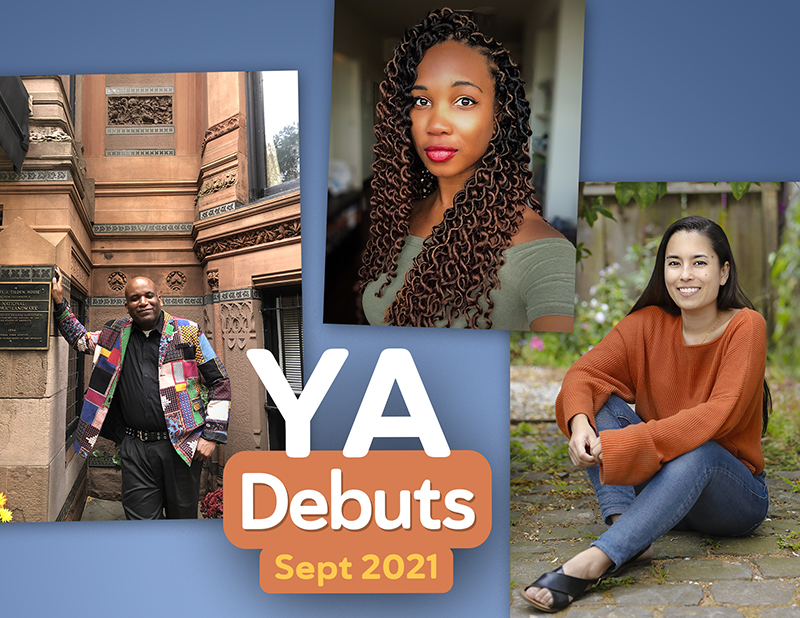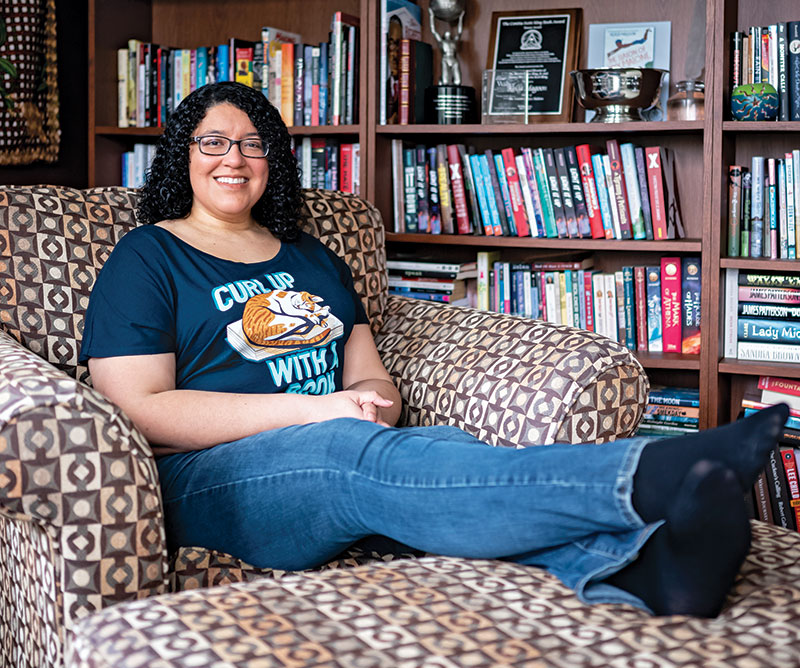Grief, Hope, and Bittersweet Endings, a guest post by Victoria Wlosok

When I first sat down to write a draft of the book that would eventually become How to Find a Missing Girl, I wasn’t thinking about marketability or the publishing industry or even braving the query trenches in the hopes of landing an agent. Instead, I was determined to craft a story that would serve as a distraction; it was November 1, 2020, and I desperately needed a way to combat the helplessness I felt as a high school senior at the height of the COVID-19 pandemic.
While I succeeded at using my fiction as a form of escape, it was also cathartic for me to regain autonomy by taking my jumbled feelings—anger at the adults who failed in keeping my classmates safe; anxiety at the inevitability of aging while the rest of the world seemed to stand still around me; heartbreak at seeing the climbing COVID-19 death-toll—and layering them into a fictional narrative where I could process my grief. In the real-world, I was dealing with isolation and rage and teenage angst; in How to Find a Missing Girl, Iris Blackthorn was struggling with all those things and her desperate search for two (possibly connected) missing girls.
ADVERTISEMENT
ADVERTISEMENT
Drawing so heavily on my own experiences was new to me. I’d never before deliberately written anything so personal, vulnerable, or raw. While my teenage protagonist wasn’t me, and her story wasn’t my own, she was a mirror I could hold up against my own life. I understood her pain.
Within the context of How to Find a Missing Girl, Iris Blackthorn is grieving in many different ways: she lost her mother to a drunk driving accident, her sister went missing from their small Southern town a year ago, and now her ex-girlfriend has also disappeared without a trace. She harbors anger, anxiety, and heartbreak, just like I did. But as I kept working on her story, I slowly began to understand how my teenage protagonist would be able to push through her pain despite unforgiving circumstances. And then in turn, even more slowly, I started to understand how I would be able to push through my own.
Growing up, my nose was always buried in a book. I surreptitiously devoured stories under the dinner table, flew through pages on the way to school while battling car sickness from my hometown’s twisty mountain roads, and checked out stacks of novels on my mom’s borrowed library card. I went to writing workshops. I competed in Battle of the Books. I was the only person to consistently come to Creative Writing Club in high school, and even on days when working on my own stories felt impossible, I kept showing up.
I did it all out of love: because stories had been my escape for longer than I had been writing my own; because a good book at the end of a hard day made me feel seen and warm and heard in a way even my closest friends could not; because I couldn’t think of anything better than working to inspire those same emotions in readers of my own. Doing the work was what I knew how to do, and it was no different as a seventeen-year-old even as the world crumbled around me. I wrote because nothing made me happier. I wrote to get through my own pain.
I wrote because it gave me hope.
That idea, one which eventually became the foundation of my LGBTQ+ YA thriller, is so important to me: that where there is grief, there can also be hope. In fact, there should be. There must be, because hope is necessary and human and a way to continue. Hope is how you take a hard thing and make it better; hope is how you stare down grief and get out the other side. The two emotions co-exist. They live together. And in a time when I was suffering in grief, I found the strength in myself and in my story to be furiously, unapologetically, desperately hopeful. To find light in darkness. To push through despite unforgiving circumstances.

Things slowly got better. There was talk of a “return to normal.” I briefly returned to class for in-person study sessions right before my final AP exams. Eventually, I graduated as valedictorian from my small Southern high school in a masked outdoor ceremony. And through it all, I kept developing my story about a girl who was outwardly as jaded as I was on the inside; one with sharp teeth and grit underneath her fingernails and a heart full of hope. In some small way, I learned how to heal.
I don’t say all of this to pretend my book is a philosophical examination of complex emotion, because it isn’t: it’s fun and silly and fast-paced. The characters make bad decisions; they learn. Someone else says something they don’t mean; they apologize. There are worm-on-a-string earrings and Girl Scout cookies and references to the Lesbian Masterdoc. But both can be true: How to Find a Missing Girl can be fun, silly, and fast-paced and defined by grief and hope. The feelings are still there. They can co-exist. I know they do.
ADVERTISEMENT
ADVERTISEMENT
It is my hope that that’s what readers—especially teens—take away from the story. That while all our experiences may not always turn out the way we want them to, we can push through. Grief and hope are intertwined in all the bittersweet endings. And if you can find the light in darkness, you’re already halfway to getting past the pain and out the other side.
Meet the Author

Victoria Wlosok is a student at the University of North Carolina at Chapel Hill, studying English and Business Administration. When not researching methods of murder for future books, she enjoys embarrassing her younger sisters in co-op video games, spending time with her extended family in the Czech Republic, and enthusiastically consuming iced coffee despite her probable lactose intolerance. She invites you to follow her on Twitter, TikTok, and Instagram @xvictoriawrites, or visit her website at victoriawlosok.com. How to Find a Missing Girl is her debut novel.
About How to Find a Missing Girl
“The voice that this generation’s mystery readers have been waiting for…How to Find a Missing Girl is edge-of-your-seat compelling from beginning to end.” —#1 New York Times bestselling author Chloe Gong
For fans of A Good Girl’s Guide to Murder and Veronica Mars, this whip-smart thriller follows a sapphic detective agency as they seek the truth behind a growing trail of missing girls in small-town Louisiana.
A year ago, beloved cheerleader Stella Blackthorn vanished without a trace. Devastated, her younger sister, Iris, launched her own investigation, but all she managed to do was scare off the police’s only lead and earn a stern warning: Once she turns eighteen, more meddling means prison-level consequences.
Then, a year later, the unthinkable happens. Iris’s ex-girlfriend, Heather, goes missing, too—just after dropping the polarizing last episode of her true crime podcast all about Iris’s sister. This time, nothing will stop Iris and her amateur sleuthing agency from solving these disappearances.
But with a suspicious detective watching her every move, an enemy-turned-friend-turned-maybe-more to contend with, and only thirty days until she turns eighteen, it’s a race against the clock for Iris to solve the most dangerous case of her life.
ISBN-13: 9780316511506
Publisher: Little, Brown Books for Young Readers
Publication date: 09/19/2023
Age Range: 14 – 18 Years
Filed under: Guest Post
About Amanda MacGregor
Amanda MacGregor works in an elementary library, loves dogs, and can be found on Twitter @CiteSomething.
ADVERTISEMENT
ADVERTISEMENT
SLJ Blog Network
Name That LEGO Book Cover! (#53)
Review of the Day: Being Home by Traci Sorell, ill. Michaela Goade
Exclusive: Vol. 2 of The Weirn Books Is Coming in October | News
Fighting Public School Book Bans with the Civil Rights Act
ADVERTISEMENT

